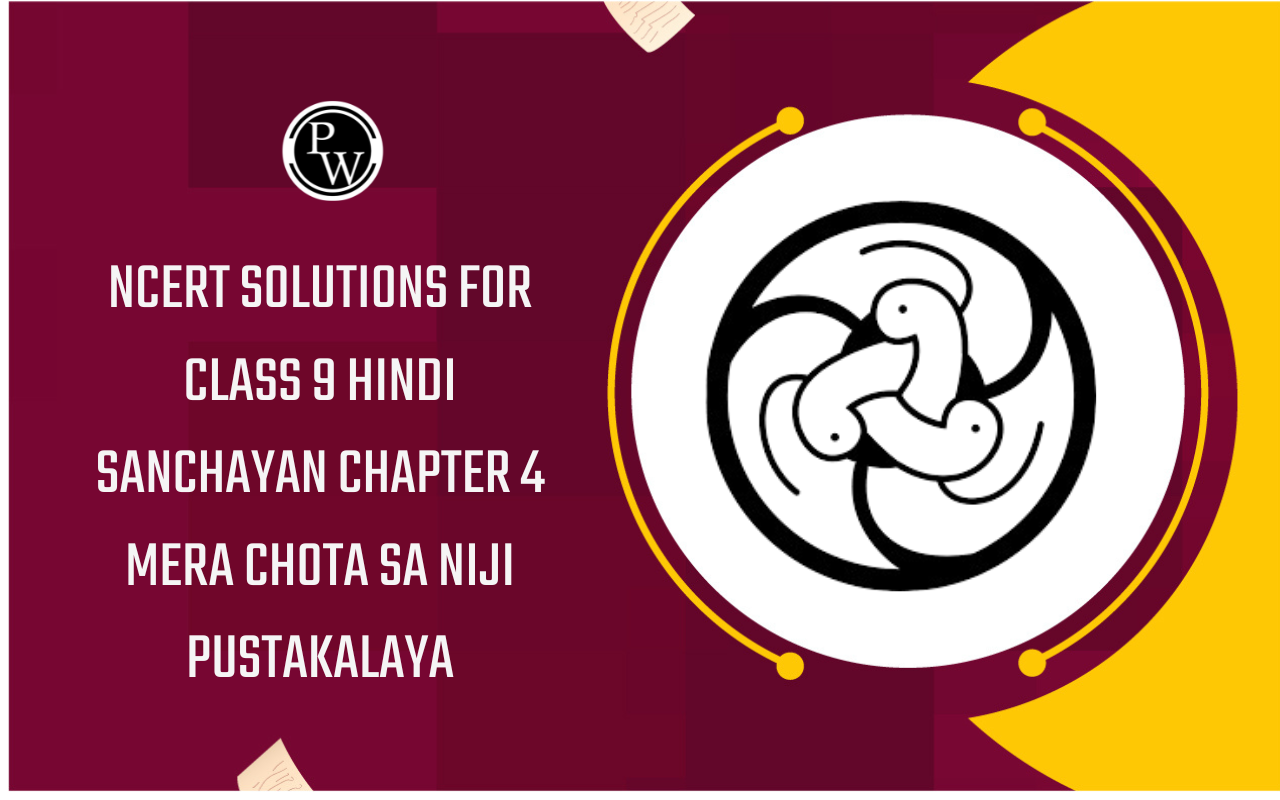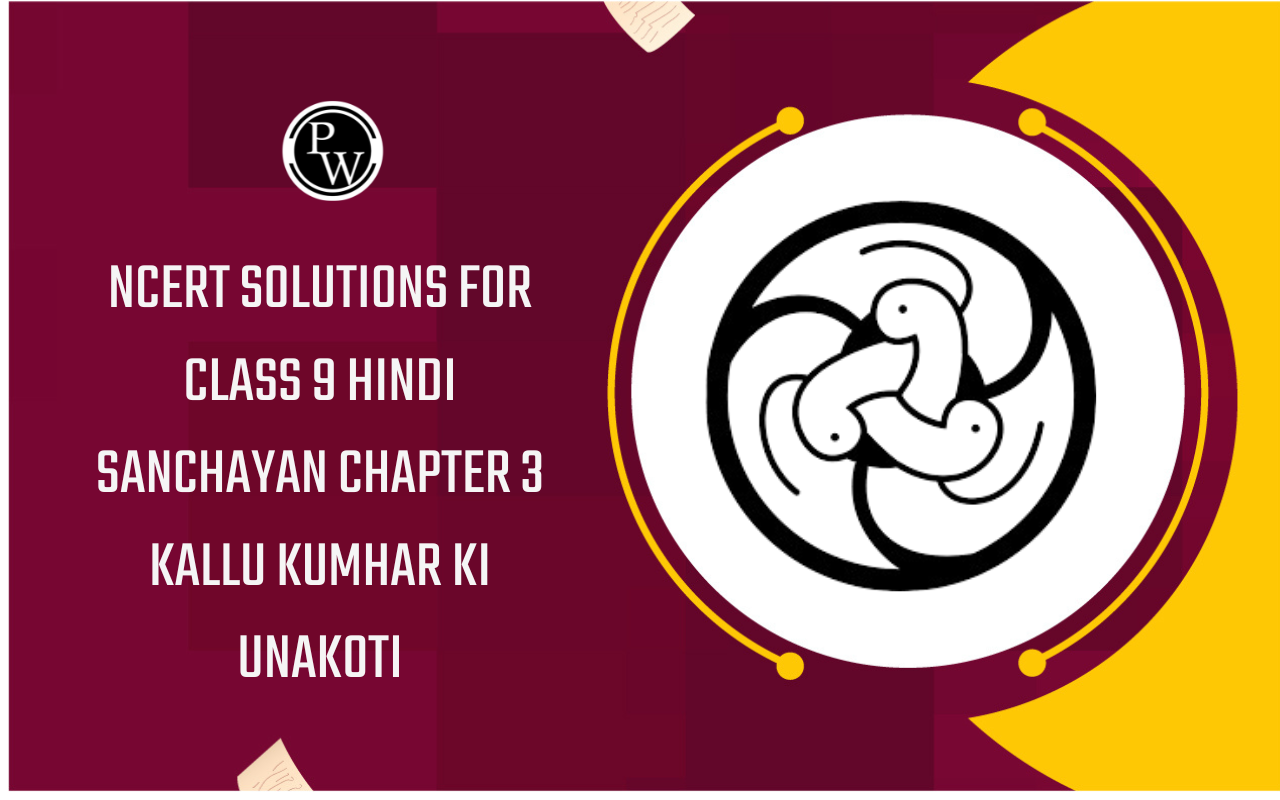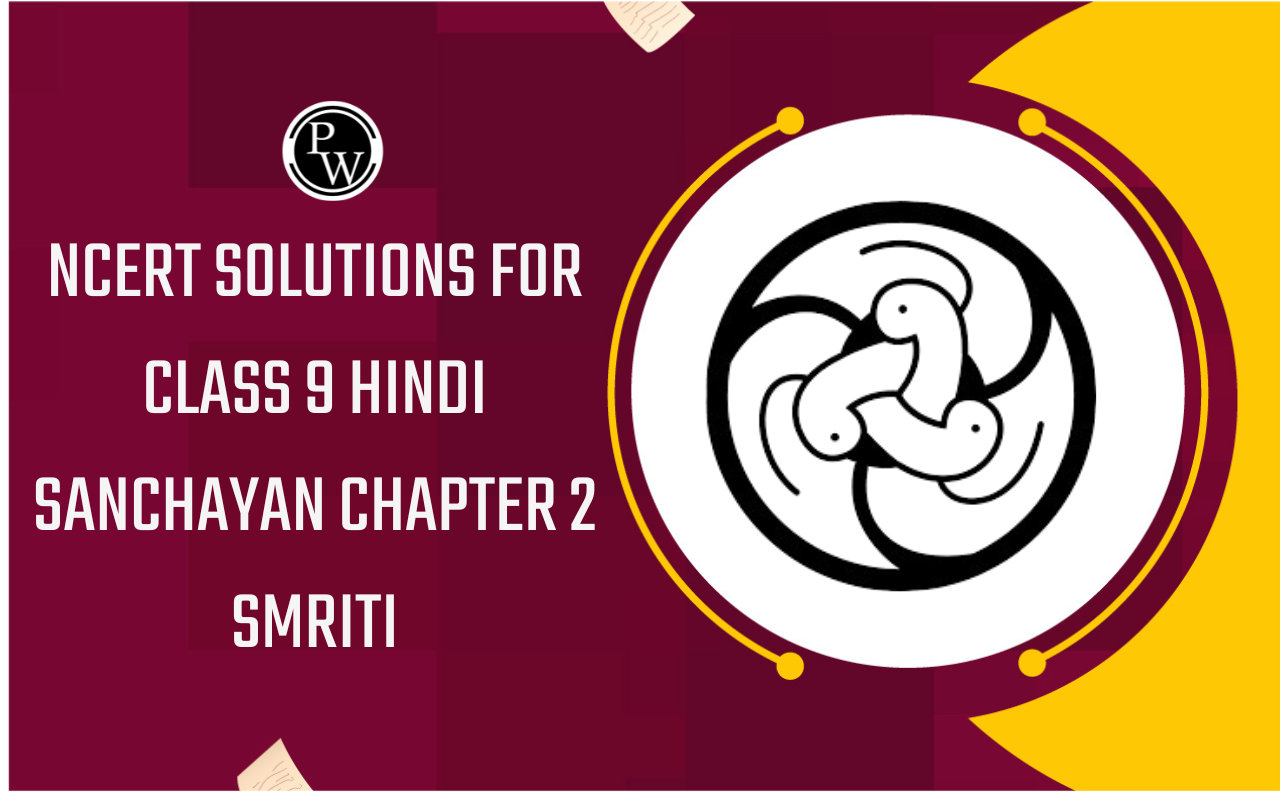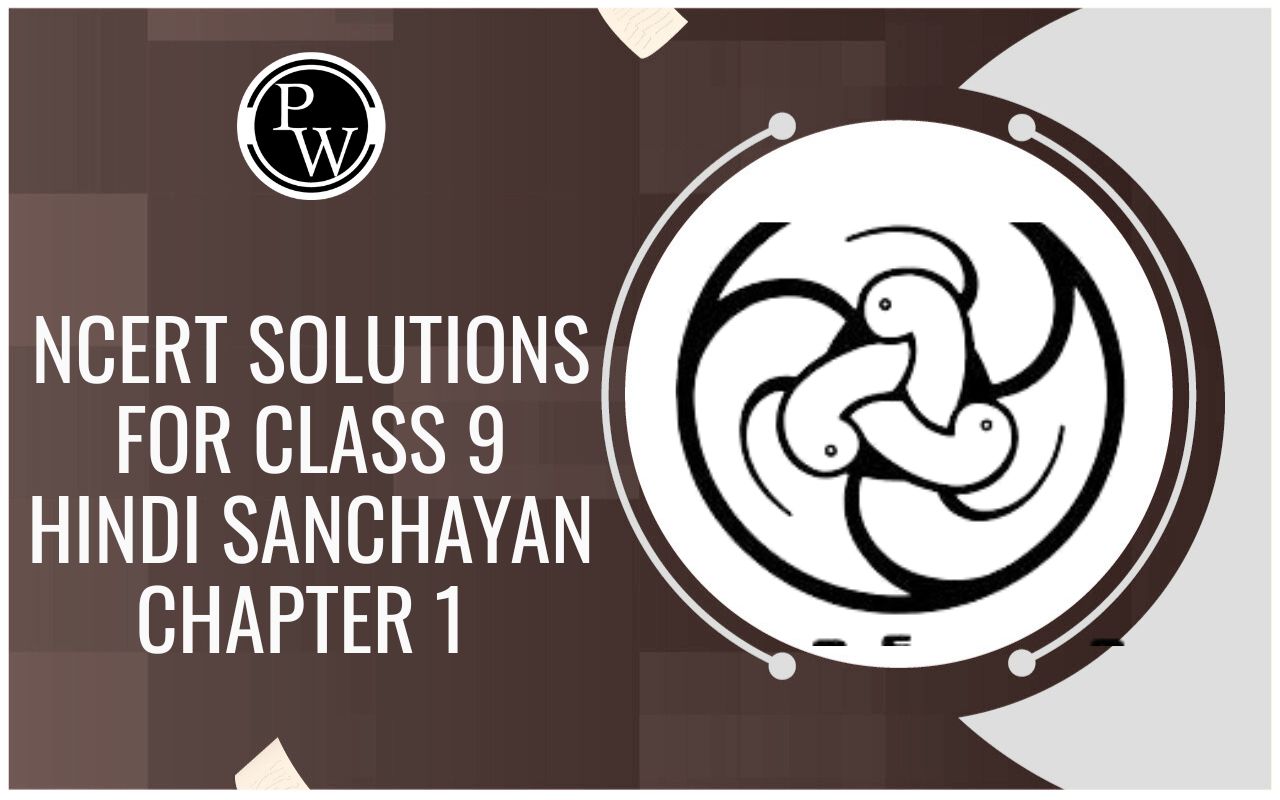
What Does it Mean to be Socially Marginalised
Understanding Marginalisation of Class 8
To be marginalised is to be forced to occupy the sides or fringes and thus not be at the centre of things. In the social environment, groups of people or communities many have the experience of being excluded. Their marginalisation can be because they speak a different language, follow different customs or belong to a different religious group from the majority community.
They may also feel marginalised because they are poor, considered to be of 'low' social status and viewed as being less human than others. Sometimes, marginalised groups are viewed with hostility and fear. This sense of difference and exclusion leads to communities not having access to resources and opportunities and in their inability to assert their rights.
They experience a sense of disadvantage and powerlessness vis-a-vis more powerful and dominant sections of society who own land, are wealthy, better educated and politically powerful. Thus, marginalisation is seldom experienced in one sphere. Economic, social, cultural and political factors work together to make certain groups in society feel marginalised.
Who are Adivasis
- FEATURES OF ADIVASIS
Adivasis the term literally means original inhabitants- are communities who lived and often continue to live, in close association with forests. Around 8 percent of India's population is Adivasi and many of India's most important mining and industrial centers are located in Adivasi areas -Jamshedpur, Rourkela, Bokaro and Bhilai among others.
Adivasis are not a homogeneous population, there are over 500 different Adivasi groups in India. Adivasis are particularly numerous in states like Chhattisgarh, Jharkhand, Madhya Pradesh, Orissa, Gujarat, Maharashtra, Rajasthan, Andhra Pradesh, West Bengal, and in the north eastern states of Arunachal Pradesh, Assam, Manipur, Meghalaya, Mizoram, Nagaland and Tripura.
A state like Orissa is home to more than 60 different tribal groups. Adivasi societies are also most distinctive because there is often very little hierarchy among them. This makes them radically different from communities organised around principles of jati-varna (caste) or those that were ruled by kings.
- RELIGIOUS BELIEFS OF ADIVASIS
Adivasis practice a range of tribal religions that are different from Islam, Hinduism and Christianity. These often involve the worship of ancestors, village and nature spirits, the last associated with and residing in various sites in the landscape - 'mountain-spirits', 'river-spirits', 'animal-spirits', etc. Adivasis have always been influenced by different surrounding religions like Shakta, Buddhist, Vaishnav, Bhakti and Christianity. Simultaneously, Adivasi religions themselves have influenced dominant religions of the empires around them, During the nineteenth century, substantial numbers of Adivasis converted to Christianity, which has emerged as a very important religion in modern Adivasi history.
- LANGUAGES SPOKEN BY ADIVASIS
Adivasis have their own languages (most of them radically different from and possibly as old as Sanskrit), which have often deeply influenced the formation of 'mainstream' Indian languages, like Bengali. Santhali has the largest number of speakers and has a significant body of publications including magazines on the internet or in e-zines.









